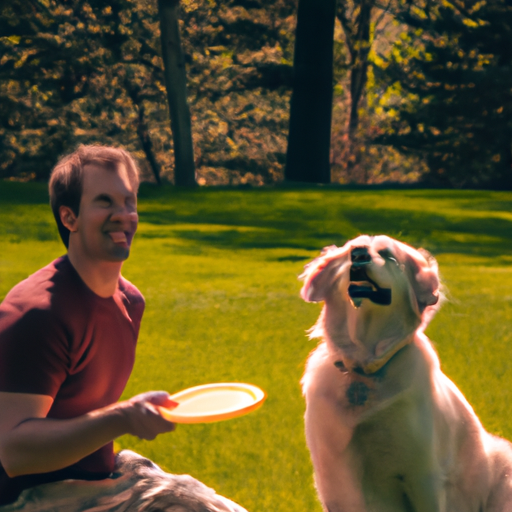As a caregiver, you naturally empathize with others’ needs. This trait extends to the furry friends that share our lives. Building a bond with your dog is much like building a relationship with a human: it requires time, patience, and understanding. Let’s explore some effective ways to form a deeper bond with your canine companion.
1. Spend Quality Time Together
Your dog craves your attention and companionship. Make sure to spend quality time together every day. This doesn’t always mean you have to be doing something specific like playing or training. Just being around and showing affection can go a long way.
- Walks and Exercise: Regular walks and exercise not only keep your dog healthy but also help you bond. A shared activity creates mutual enjoyment and understanding.
- Playtime: Different dogs enjoy different games. Find out what your dog loves—fetching, tug-of-war, or hide and seek—and make it a regular part of your routine.
- Cuddling: Physical touch is essential for bonding. Cuddling, petting, or simply rubbing your dog’s belly can create a strong emotional connection.
2. Training
Training is a fantastic way to bond with your dog. It helps establish a line of communication between you two and instills a sense of trust and mutual respect.
2.1. Obedience Training
Start with basic commands like ‘sit’, ‘stay’, ‘come’, and ‘leave it’. Use positive reinforcement to reward good behavior. Remember, it’s essential to be patient and consistent.
| Command | How to Teach |
|---|---|
| Sit | Hold a treat close to your dog’s nose and slowly move it up, allowing their head to follow the treat causing their bottom to lower. Once they’re in sitting position, say “sit,” give them the treat, and share affection. |
| Stay | First, ask your dog to “sit.” Then, open the palm of your hand in front of you and say “stay.” Take a few steps back and reward them for staying. |
2.2. Tricks and Games
Teaching tricks and playing games can be a fun way to bond. It’s also a great way to mentally stimulate your dog.
3. Communication
Developing a communication system with your dog is key to a strong bond. Pay attention to their body language. Recognize signals when they’re scared, excited, or not feeling well.
4. Consistency and Trust
Consistency in your interactions and rules helps your dog understand what you expect from them. It builds trust, which is crucial for a strong bond.
5. Respect Your Dog’s Likes and Dislikes
Just like humans, dogs have their own likes and dislikes. Respect these. If your dog doesn’t enjoy being cuddled, don’t force it. If they love playing fetch, do it often.
6. Feed Your Dog Well
Feeding your dog not only nourishes them but also creates an opportunity for bonding. Hand-feeding, especially during the puppy stage, can help establish a strong bond.
7. Provide for Their Needs
Ensure your dog’s basic needs—food, water, shelter, and healthcare—are met. Taking care of their needs shows them that they can depend on you.
8. Be Patient
Building a bond takes time. Be patient, and let the relationship develop naturally.
FAQs
Q1. Why isn’t my dog bonding with me?
It might take time, especially for rescue dogs or dogs with a traumatic past. Keep showing them love and patience.
Q2. How can I tell if my dog trusts me?
A dog that trusts you will show signs of relaxation around you, follows you around, and looks to you for direction.
Q3. Can older dogs form strong bonds?
Yes, dogs of any age can form strong bonds. It might require different approaches depending on the dog’s age and past experiences.
Remember, every dog is unique, and what works for one might not work for another. The key is to keep trying different strategies until you find what works best for your furry friend. In time, you’ll form a bond that’s strong, fulfilling, and lasting.



